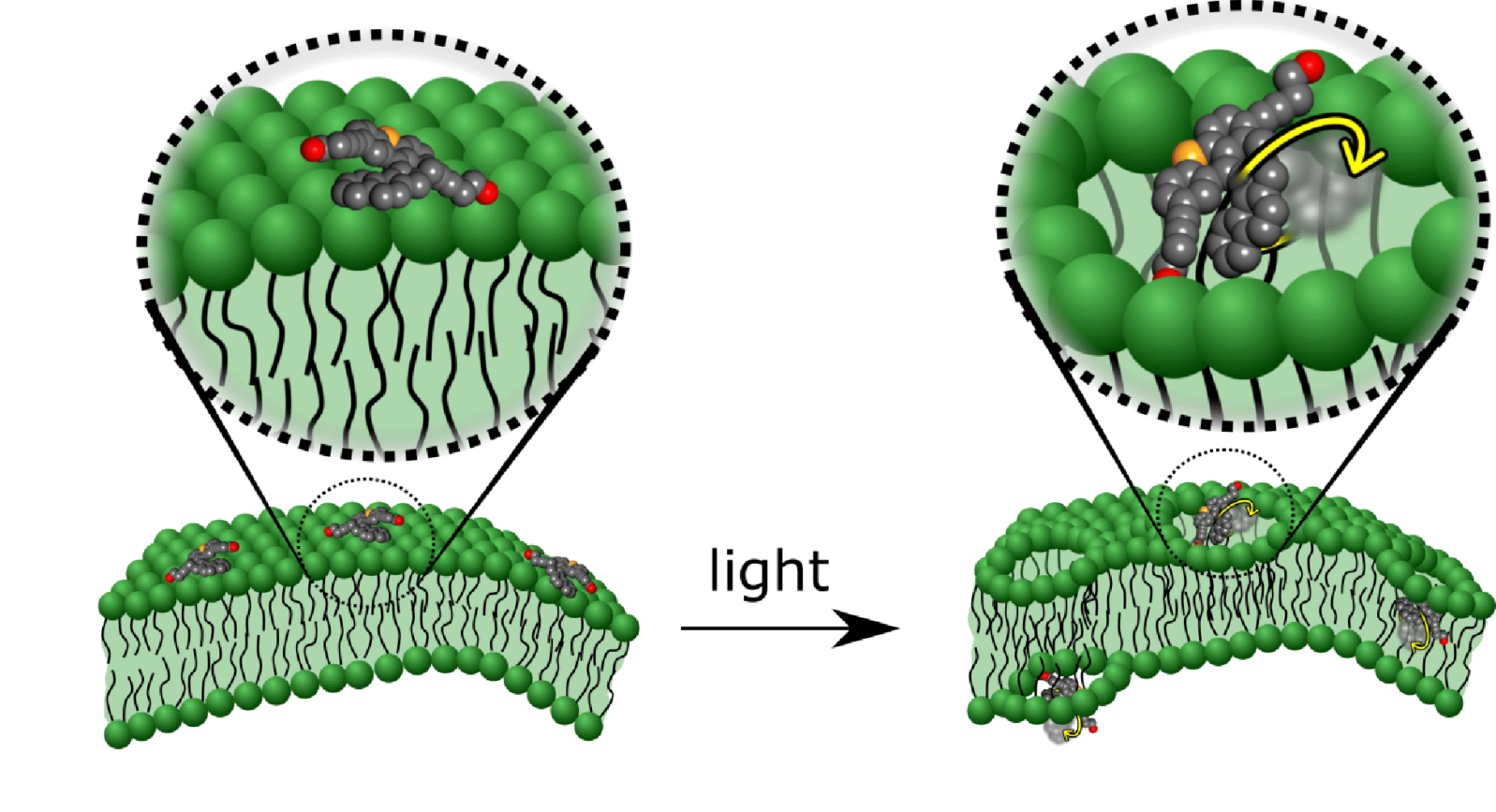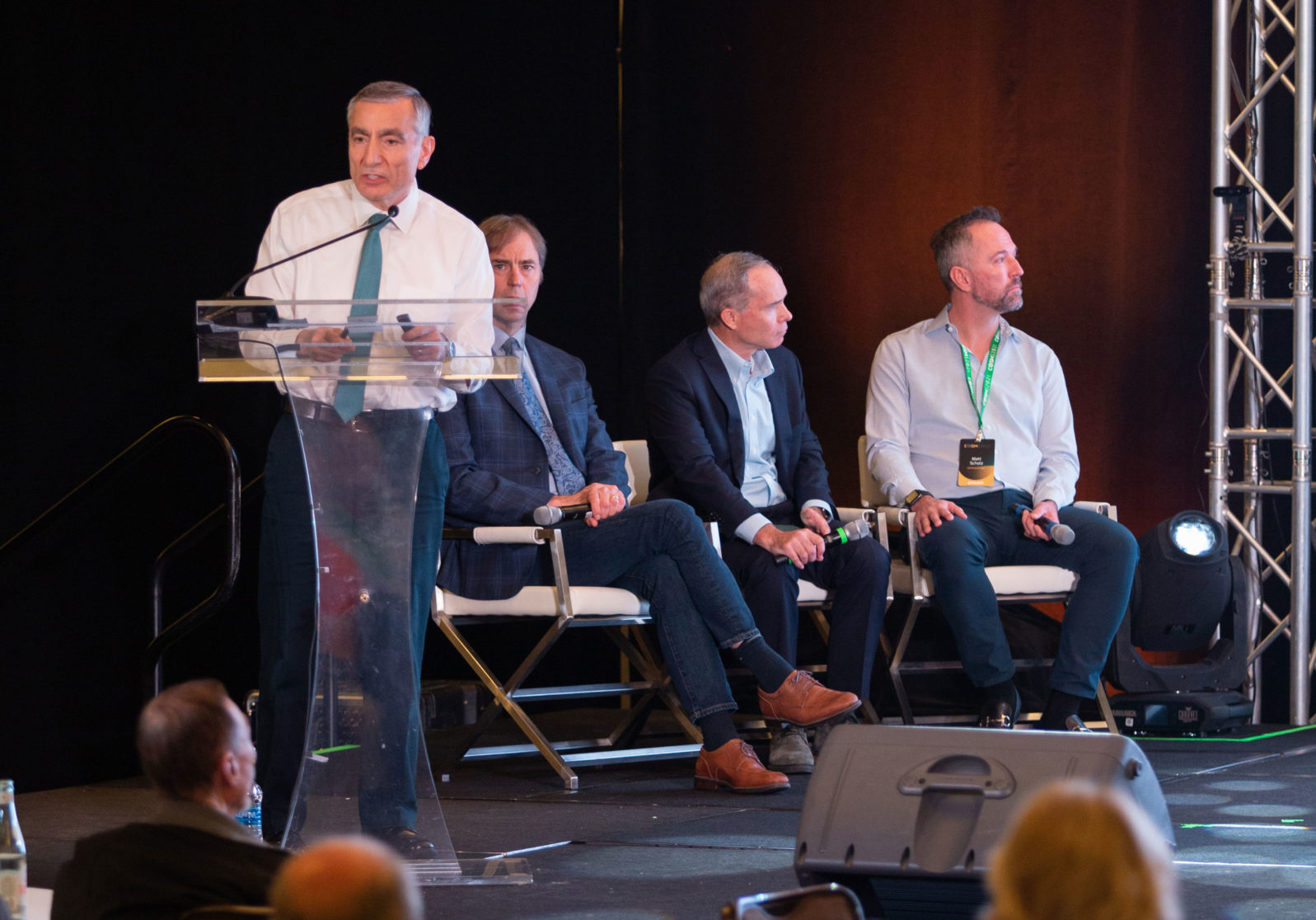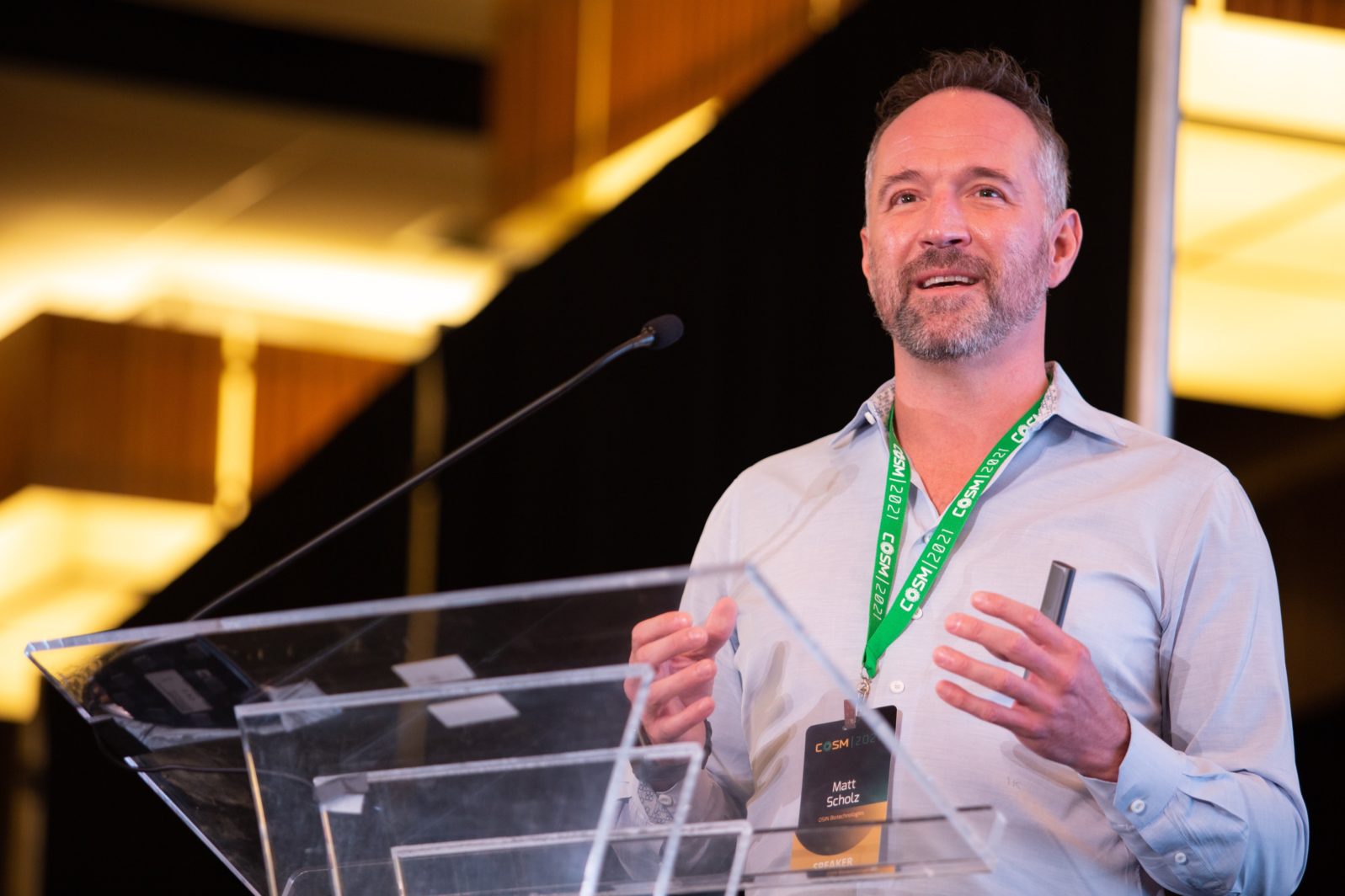Manipulating Molecules: Combining Info + Nano for Better Medicine
At COSM 2021, scientists like Jim Tour and entrepreneurs like Matt Scholz offer a window into how we are learning to manipulate the building blocks of lifeYesterday COSM 2021, philosopher of science Stephen Meyer, synthetic organic chemist James Tour, and biotech entrepreneur Matthew Scholz looked at how nanotechnology (working directly with very small things, like molecules) will advance biology and medicine.
“Oscar Wilde said nature imitates art,” Meyer opened by saying. And today we’re going to see that “technology is now able to imitate and even in some ways, improve upon nature.”
He noted that since the 1960s we’ve been learning that living cells function because of the actions performed by molecular machines—those molecular machines are built using information.
For example, consider the cell’s power source: A rotary engine called ATP synthase in the mitochondria of cells produces the energy. As a camshaft with lobes spins around, it opens protein subunits which expose pockets. A spent energy molecule called adenosine diphosphate (ADP) enters these pockets, and the mechanical action of ATP synthase helps catalyze a reaction that adds phosphate to convert it to adenosine triphosphate (ATP), the energy molecule of the cell:
The cell also uses an internal transportation system, using a molecular machine called kinesin. Walking machines follow along microtubule tracks (made of tubulin) within a cell to tow a cargo vesicle (vessel) from one location to another.
But can we really manipulate this? As Meyer put it, “These molecular machines are made of proteins. The proteins are made of smaller subunits called amino acids that have to be sequenced properly so that the proteins will fold into the right three-dimensional configuration.” The system begins with information in the DNA that specifies the ordering of amino acids that must fold into functional proteins. Then the proteins combine to form molecular machines. The blueprint builds itself.
Perhaps we can manipulate it. Next up on the panel was James Tour, professor of materials science and nanoengineering at Rice University. He and his team have been designing “nanocars” made of a single molecule. “You can park 50,000 of these cars across the diameter of a human hair,” Tour explained. Different nanotech labs held a race for their nanocars in 2017 and Tour’s team won, going 150 nanometers in 90 minutes.
But Professor Tour’s nanomachines can do much more than race. He and his team are designing light-activated nanodrills which can drill holes in the cell walls of disease-causing bacteria, seen below:

Tour explained to the audience that his nanodrills can be programmed to target the so-called “super bacteria” that have become resistant to drugs by drilling holes through their cell walls. Drilling either kills the bacterial cells or weakens them so that antibiotics work again against them!
Nanodrills are a valuable new tool because bacteria cannot simply develop resistance to them, as he noted:
This is not a chemical interaction. This is a mechanical interaction that is happening at the molecular scale. And because it’s a mechanical interaction, it’s very hard for a cell to deal with this.
It would be like developing resistance to a scalpel.
It gets better: When the nanodrills punch holes in the cell walls and cytoplasmic membranes of bacteria, the cells burst and their contents are dumped out into the body of the host. Then we can “couple this with immunotherapy,” he explained, so that an organism’s natural immune system can recognize the contents of bacteria and be activated to target those bacteria.
Adding information to our cells’ systems is key here: These nanodrills don’t just kill cells at random. They can be programmed so as to target only certain types of dangerous bacterial cells. They can even be programmed to recognize, target, and destroy cancerous cells in a host’s body where most cells aren’t cancerous.
Tour hopes that his nanodrills will find a place in future therapies to treat problems like antibiotic resistance and tumors. At the core of his research is using our own intelligence to create therapies that outsmart antibiotic resistance—in other words, to beat evolution with intelligent design.

Last up was Matthew Scholz, a biotech entrepreneur and CEO of Oisin Biotechnologies, also the founder of Immusoft. Scholz explained that, for him, the “north star” is that “the essence of life is information.” A computer scientist by training, he wondered if our immune systems could be programmed with the right information to fight diseases like HIV or cancer.
Scholz pointed out that it has taken 30 million deaths from HIV and AIDs to find a small number of people who have natural immunity. But, he asked, “Could we leverage the computational power of the planet to fight this battle instead?” “Can we use silicon instead of souls?”
So how do you reprogram an immune cell? Scholz points out that cells don’t have USB ports, but we could extract B cell lymphocytes and then change the cell’s genetics to make the antibodies needed to fight specific diseases. Again, information is the key: We’re importing information into biological systems so that they can do what we need them to do.
These days Scholz is investigating the causes of aging, developing methods to deliver needed biomaterials into cells via “proteolipid vehicles” (“basically a fat bubble about the size of a virus”). These bubbles can merge with the lipid bilayer of a cell membrane to deliver their contents into cells, allowing us to give cells a new “app.”
In the discussion period, the panelists were repeatedly asked, “What could possibly go wrong?” Indeed, Star Trek episodes are filled with plots about nanomachines going out of control and threatening to destroy the Enterprise, so to speak. How do we know this programmed nanotech won’t kill the wrong cells or destroy the world?
James Tour responded. First, his nanomachines don’t replicate — in fact they are expelled by the body within hours. Second, they are light activated — one must have a very targeted light source to turn the nanodrills on. Some of his nanodrills only respond to particular wavelengths of infrared light. Unless that wavelength is received, they won’t destroy cells. Third, the nanobots can be programmed to target only specific cells. As Tour put it “the tools of biology are very good.”
Scholz had a similar response — we can create RNA combinations of promoters and repressors to turn on and off the genetic informational packages we deliver into cells. “In the world of information,” he explained, “it’s relatively straightforward.”
And that seems to be the message from this panel: Designed information is the basis of biology so if you want to fix medical problems at the root, designing better information is the way to go.
Note: The underlying concepts of nanotechnology were pioneered by mid-twentieth century physicist Richard Feynman (1918–1988) who wrote a seminal paper titled, “There’s plenty of room at the bottom.”
